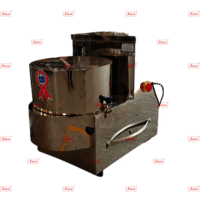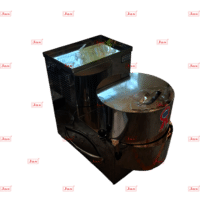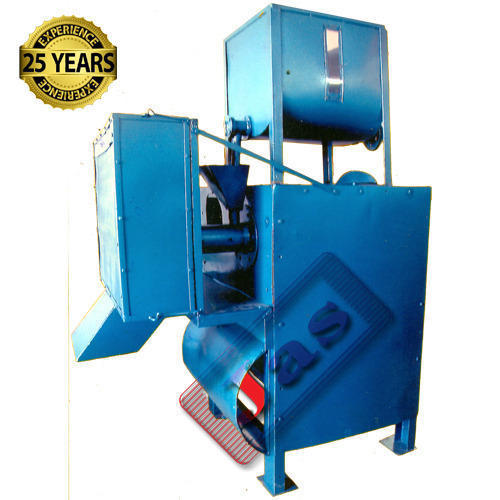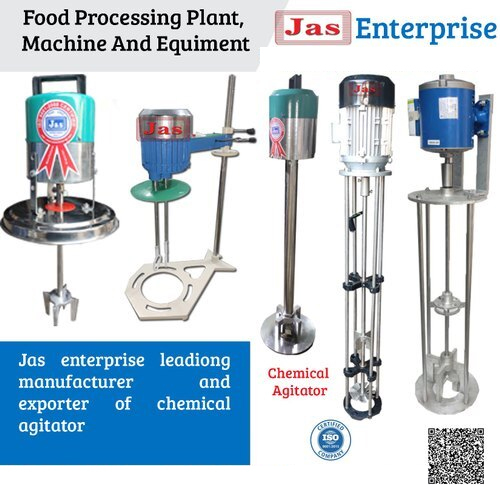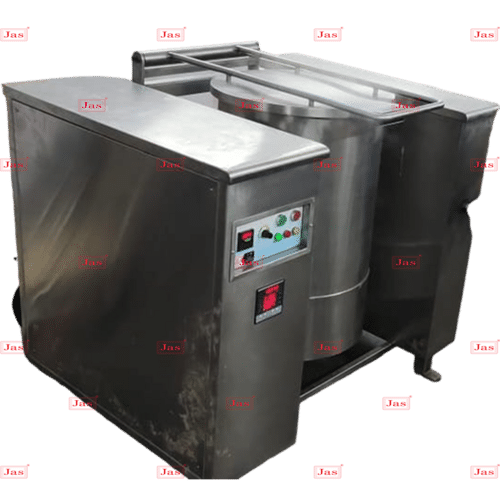Precision Vegetable Cutting Machine
Product Details:
- Capacity 10-1000 Kg/hr
- Automatic Yes
- Voltage 230/440 Volt (v)
- Feature ECO Friendly Low Noice Lower Energy Consumption Compact Structure High Efficiency
- Click to View more
Precision Vegetable Cutting Machine Price And Quantity
- 16000 INR/Unit
- 16000.00 - 560000.00 INR/Unit
- 1 Unit
Precision Vegetable Cutting Machine Product Specifications
- 10-1000 Kg/hr
- ECO Friendly Low Noice Lower Energy Consumption Compact Structure High Efficiency
- 230/440 Volt (v)
- Yes
Precision Vegetable Cutting Machine Trade Information
- Cash Against Delivery (CAD) Cash Advance (CA) Cash in Advance (CID) Cheque Western Union
- Asia Australia Central America North America South America Eastern Europe Western Europe Middle East Africa
- All India South India Central India West India North India East India Gujarat Karnataka Kerala Lakshadweep Mizoram Meghalaya Manipur Andhra Pradesh Bihar Chandigarh Daman and Diu Goa Jharkhand Odisha Punjab Assam Delhi Dadra and Nagar Haveli Andaman and Nicobar Islands Arunachal Pradesh Chhattisgarh Haryana Himachal Pradesh Jammu and Kashmir Madhya Pradesh Maharashtra Nagaland Rajasthan Sikkim Tamil Nadu Telangana Tripura Pondicherry Uttar Pradesh Uttarakhand West Bengal
- ISO
Product Description
-
Cutting Options: These machines can usually handle a variety of cuts, including julienne, dice, slices, and even more intricate shapes. They often come with interchangeable blades or cutting attachments.
-
Adjustable Settings: Precision models typically allow you to adjust the thickness and size of the cuts. This is essential for recipes that require specific sizes or for achieving consistent presentation.
-
Capacity: Depending on the model, these machines can handle small quantities for a home kitchen or large volumes for commercial use. Some have large hoppers or feed chutes to accommodate bulk processing.
-
Ease of Use: User-friendly controls and straightforward setup are important, especially for high-volume environments. Some machines come with automatic feeding systems to reduce manual effort.
-
Safety Features: Given the sharp blades and high-speed operation, safety features like blade guards, safety switches, and non-slip feet are crucial.
-
Material and Build: High-quality materials like stainless steel are common for durability and ease of cleaning. A robust build helps with stability and longevity.
-
Cleaning and Maintenance: Look for machines that are easy to disassemble for cleaning. Some models are dishwasher-safe or come with cleaning brushes.
-
Price and Brand: High-end models from reputable brands may offer better durability and performance but can be more expensive. It™s worth considering the trade-off between cost and features based on your needs.

Price:
- 50
- 100
- 200
- 250
- 500
- 1000+


